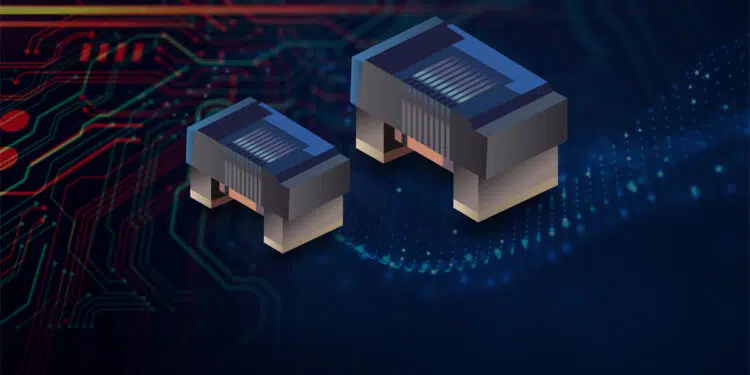Bourns new Model CWF1610 and CWF2414 chip inductors feature wirewound construction to unlock enhanced performance characteristics for RF signal processing and DC power line applications.
Bourns, Inc., a leading manufacturer and supplier of electronic components, today announced the CWF1610 and CWF2414 Chip Inductor Series. These inductors employ wirewound construction on a ferrite core to offer high values of inductance, Q values, and self-resonant frequency, plus low DC resistance in a compact size with an operating temperature range of -40 to +125 °C. These features make this series ideal for RF signal processing, resonant circuits, decoupling, noise filters, and DC power line applications for audio headsets, cable modems, set-top boxes, hard disk drives, tablets, and various mobile electronic devices.
Compared to multilayer or film technology, a thicker wirewound construction around the core makes it possible to achieve lower DC resistance and high Q values of 13 to 16 in these miniature-sized inductors. In addition, the high Q values provided in the new inductors -offer designs a high impedance at resonant in inductive-capacitive LC circuits, and low loss at high frequency operation. Bourns® Model CWF1610 and CWF2414 chip inductors also feature a high self-resonant frequency, which translates to low distributed capacitance and maintained inductive characteristics over a wide frequency span. With saturation current up to 860/1100 mA and rated current up to 700/1300 mA, the new chip inductors from Bourns maintain high inductance at a greater peak current matching the requirements in DC power line applications.
Bourns® Model CWF1610 and CWF2414 Chip Inductors are available now and are RoHS compliant and halogen free.































